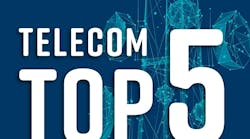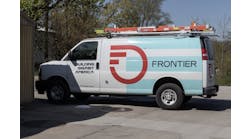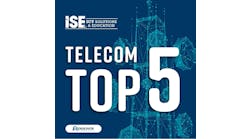Related to
Latest from Home
The ACP did not get the additional funding it needed by the deadline and has been reduced to $14 per month for the remainder of May.
To ensure that low-income broadband subscribers can continue to stay connected within their budgets, there have been attempts to extend the funding proposed by several members of congress. The bipartisan Affordable Connectivity Program Extension Act was introduced earlier this year, and more recently, Senators Maria Cantwell (D-WA) and John Fetterman (D-PA), have suggested other ways to keep the funds coming.
This is a hardship for the family to participate and function in our digital society ... It also limits the ability for telcos to create new customer relationships with households who struggle to pay for their services.
Bill Schneider is VP of Product Marketing at SheerID, a software company that works with telcos to help onboard subscribers in the low-income category. Schneider told ISE that he was “disappointed” with the loss of ACP. “It limits a telco’s ability to service households who are at or below the poverty line. When an unexpected financial event occurs, and budgets tighten, internet access is an expense that is likely to be cut.”
Schneider says without the ACP, there are losses both for low-income Americans and for the service providers eager to connect them to broadband service. “This is a hardship for the family to participate and function in our digital society where the Internet often serves as the first point of access to employment, healthcare, education, banking, current events, and information. It also limits the ability for telcos to create new customer relationships with households who struggle to pay for their services.”
ISPs Step In
In order to prevent the loss of subscribers dependent on these funds, Many of the major telcos and ISPs, including Verizon, AT&T, Frontier, Charter, Cox and others have announced low-cost options, or extensions of previously ACP-funded plans coming out their own pocket.
Without the government as a “middle man,” the providers will of course need to do their own onboarding, which Schneider says will involve ways to verify their financial status. Schneider says SheerID is designed to make this easier for ISPs.
“Our solution instantly verifies if a household qualifies for government assistance around the country. This is done by determining if a household qualifies for SNAP (Supplemental Nutrition Assistance Program), a federal program that supports nearly 42 million people nationwide,” Schneider said.
“A telco can implement our product into a landing page along the path to purchase to verify a person’s credentials. We run similar programs such as the T-mobile military program, Comcast student program, and ATT first-responder program. SheerID verification happens during the purchase process.”
It will be necessary for service providers to have some form of low-income plan, regardless of ACP funding, if they want to receive BEAD funding, too, as Schneider points out.
Keep following ISEMag.com for updates on ACP legislation.

Joe Gillard | Executive Editor
Joe Gillard is a media professional with over 10 years of experience writing, editing, and managing the editorial process across a spectrum of innovative industries. Joe strives to deliver the best possible editorial product by focusing on the needs of the audience, utilizing the data available, and collaborating with a talented team.








